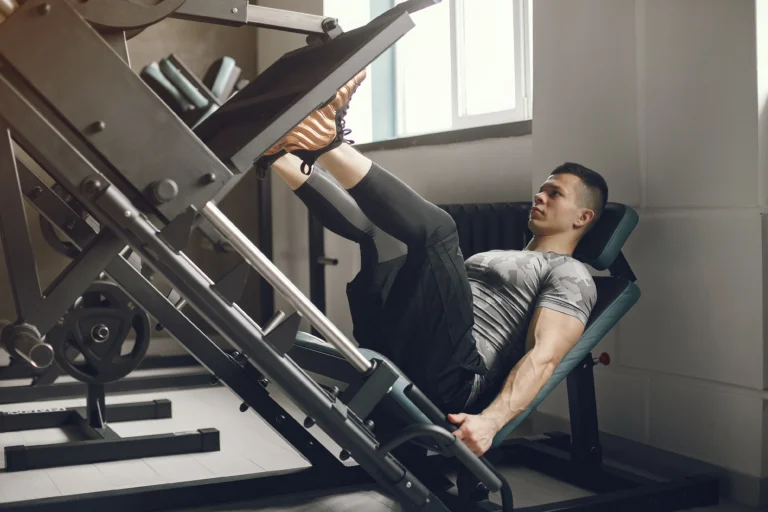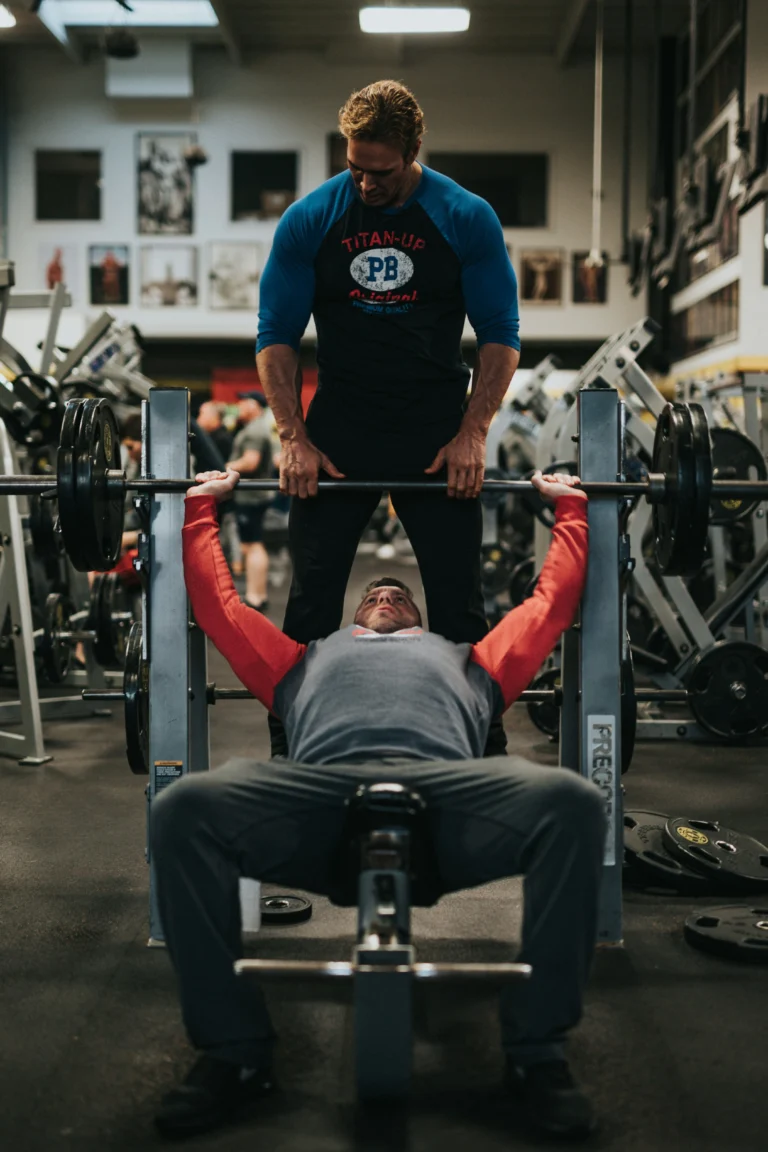Easy Lower Back Stretches: Relieve Pain & Improve Mobility
Ever felt a nagging ache in your lower back? You’re not alone. Low back pain affects 619 million people worldwide. Simple stretches can change your life, bringing back comfort and mobility.
Low back pain doesn’t have to rule your life. With the right stretches, you can ease back tension and better your posture in minutes. Up to 80% of adults suffer from lower back pain, making these stretches vital for your health.
We’ll explore easy, effective stretches for your lower back. These aren’t just exercises. They’re your way to better movement and less pain.
Table of Contents
Key Takeaways
- Lower back stretches can significantly reduce pain and improve mobility
- Consistent stretching helps prevent future back issues
- Simple exercises can be performed at home with no special equipment
- Stretching improves overall posture and body alignment
- 80% of adults experience back pain, making prevention crucial
Understanding Lower Back Pain and Its Causes
Lower back pain is a common issue that affects about 80% of people at some point. Knowing what causes it can help you manage it better and feel better overall.
Common Triggers of Lower Back Discomfort
Many things can lead to lower back pain. These include mechanical problems, lifestyle choices, and physical conditions. Some main causes are:
- Muscle or ligament strains (accounting for 60% of acute cases)
- Poor posture and a sedentary lifestyle
- Degenerative disc disease
- Herniated or bulging discs
- Age-related changes starting around 30-40 years old
Impact of Lifestyle on Back Health
Your daily habits are key to keeping your back healthy. To strengthen your core and move better, try these changes:
- Regular low-impact aerobic activities
- Ergonomic workplace adjustments
- Maintaining a healthy body weight
- Practicing good posture
Risk Factors and Prevention
Some things can make you more likely to get lower back pain. Research shows that not being active, smoking, being overweight, and mental health issues like depression can all play a part.
To prevent back pain, exercise regularly, stay at a healthy weight, and use good ergonomics. Studies find that active people are 30-40% less likely to get lower back pain.
Remember, most back pain gets better with home treatment and self-care within a few weeks.
Benefits of Regular Lower Back Stretches
Back flexibility exercises are key to good health. They help keep your body in top shape and prevent injuries. Stretching your lumbar spine is a smart way to stay healthy.

Regular stretching changes how you think about health. It helps with sciatica and makes moving easier. It’s a big step towards better health.
Physical Advantages of Stretching
Stretching your back has many benefits:
- It makes your muscles more flexible and moves better.
- It lowers muscle tension and stiffness.
- It boosts blood flow to your back muscles.
- It helps you stand up straighter and keeps your spine aligned.
Mental and Emotional Benefits
Stretching also helps your mind:
- It reduces stress and makes you feel relaxed.
- It improves how aware you are of your body.
- It boosts mindfulness.
- It’s a natural way to manage pain.
Long-term Health Improvements
Stretching regularly can greatly improve your health over time:
| Health Aspect | Potential Improvement |
|---|---|
| Injury Prevention | Up to 40% less risk of muscle strain |
| Chronic Pain Management | Less frequent back pain |
| Mobility Preservation | Stay flexible as you age |
Just 10-15 minutes a day of stretching can make a huge difference in your health.
Essential Lower Back Stretches for Pain Relief

Lower back pain can be tough to handle. But, specific stretches can help ease the pain and improve your posture. Almost 23% of adults worldwide suffer from chronic lower back pain. So, knowing how to stretch effectively is key to keeping your spine healthy.
Exercises for herniated discs and stretches can help you move better and relax tight muscles. Here are some stretches that target important muscle groups and offer relief:
- Child’s Pose: A gentle stretch that helps relax the lower back muscles and release tension
- Knee-to-Chest Stretch: Reduces pressure on the lower spine and improves flexibility
- Cat-Cow Stretch: Enhances spinal mobility and helps prevent muscle stiffness
When doing these stretches, make sure to keep the right form and breathe well. Start with 3-5 reps and increase as you get more flexible. The American Chiropractic Association suggests walking for 5 minutes every hour to avoid sitting too long.
Remember: Gentle, consistent stretching can help reduce lower back pain within 2 to 6 weeks of regular practice.
If you have ongoing pain or can’t move much, see a healthcare expert. Each stretch should be done slowly and carefully. Pay attention to your body and stop if it hurts more.
Stretching Techniques for Different Back Conditions
Back pain is common, affecting about 80% of adults. Targeted stretching is key for managing back issues. Knowing how to stretch for specific problems can help reduce pain and improve spinal health.
Exercises for Herniated Discs
Herniated disc exercises need gentle movements that keep the spine neutral. These stretches aim to ease sciatica pain without putting more pressure on the area.
- Perform slow, controlled stretches
- Focus on maintaining spine alignment
- Avoid sudden or aggressive movements
Stretches for Muscle Spasms
Muscle spasms can make it hard to manage back pain. Special stretches can relax tight muscles and stop spasms from coming back.
| Stretch Type | Duration | Frequency |
|---|---|---|
| Gentle Twists | 15-20 seconds | 10 repetitions |
| Cat-Cow Stretch | 10-15 seconds | 10 repetitions |
Movements for Spinal Stenosis
Spinal stenosis needs careful stretching to stay flexible without making symptoms worse. Gentle spine flexion exercises can help manage pain and boost mobility.
“Consistent, gentle stretching can significantly improve spinal flexibility and reduce discomfort for individuals with spinal conditions.” – Spine Health Experts
Keep in mind, everyone’s experience with back conditions is different. Always talk to a healthcare professional before starting any new exercise. This ensures safety and effectiveness.
Safety Guidelines and Precautions
When you do lower back stretches, safety comes first. Your body needs careful attention to avoid injuries. This helps strengthen your core and improve your posture.
Before starting any lower back stretches, keep these safety tips in mind:
- Check with your healthcare provider before starting a new exercise program, especially if you have existing back conditions
- Warm up muscles for 5-10 minutes with light activity to prevent potential injuries
- Move slowly and avoid jerky or bouncing movements
- Stretch only to the point of mild tension, not pain
Important safety tips for safe and effective lower back stretches include:
- Hold each stretch for at least 30 seconds
- Repeat stretches 5 times for optimal benefits
- Listen to your body and stop if you experience sharp pain
- Use proper breathing techniques during stretching
Watch out for red flags that mean you need to see a doctor right away. These include persistent pain, numbness, tingling, or changes in bladder or bowel function. If your lower back pain doesn’t get better after 4-6 weeks of home care, get professional advice.
Remember: Your safety is paramount when performing any stretching routine.
Creating an Effective Stretching Routine
Creating a stretching routine can greatly improve your back flexibility and reduce pain. With 31 million Americans suffering from low back pain, it’s key to have a stretching plan. This helps keep your spine healthy and boosts your mobility.
Stretching your lumbar spine needs a good plan and knowing your body’s needs. The goal is to make a routine that fits your challenges and improves your back health.
Morning Stretching Sequence
Begin your day with gentle stretches to wake up your muscles. This gets you ready for the day ahead. Here’s a simple morning routine:
- Cat-Cow stretch (30-60 seconds)
- Child’s Pose (30-60 seconds)
- Supine Knee to Chest (30 seconds per side)
- Pelvic tilts (10 repetitions)
Evening Recovery Stretches
End your day with stretches that ease the day’s tension:
- Spinal Twist (30 seconds per side)
- Thread the Needle (30 seconds per side)
- Figure Four stretch (30 seconds per side)
- Low Lunge Twist (30-60 seconds per side)
Frequency and Duration Guidelines
Staying consistent is key to better back flexibility. Here are some tips:
- Daily stretching for those with sedentary jobs
- Hold each stretch for 15-30 seconds
- Breathe deeply and move slowly
- Listen to your body and avoid pain
“Gentle, consistent stretching can dramatically improve your lower back mobility and reduce discomfort.” – Spine Health Experts
Remember, individual needs vary. If you have ongoing pain or health issues, talk to a healthcare professional.
Conclusion
Relieving back tension is easier than you think. Simple stretches can help reduce pain and improve your posture. You don’t need fancy equipment or complicated plans. Just a few minutes of mindful movement each day can make a big difference.
About 80% of people deal with lower back pain at some point. These stretches offer a ray of hope. They can boost flexibility by 25% and cut injury risks by 50%.
By spending a little time on these exercises, you’ll strengthen your core and move better. You might even see a 30% drop in back pain episodes.
Getting help from a physiotherapist can make your stretching better. They can tailor exercises to fit your needs. Taking care of your body is key to managing back pain.
Begin stretching today. Your back will appreciate the effort. It’s a step towards better health and a better life.







